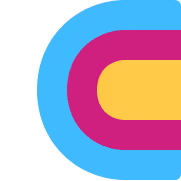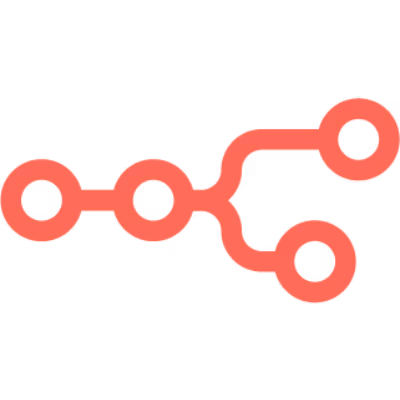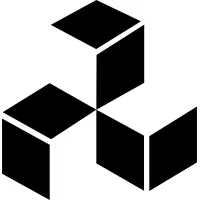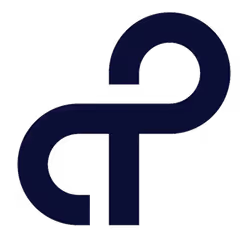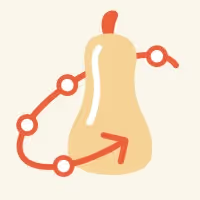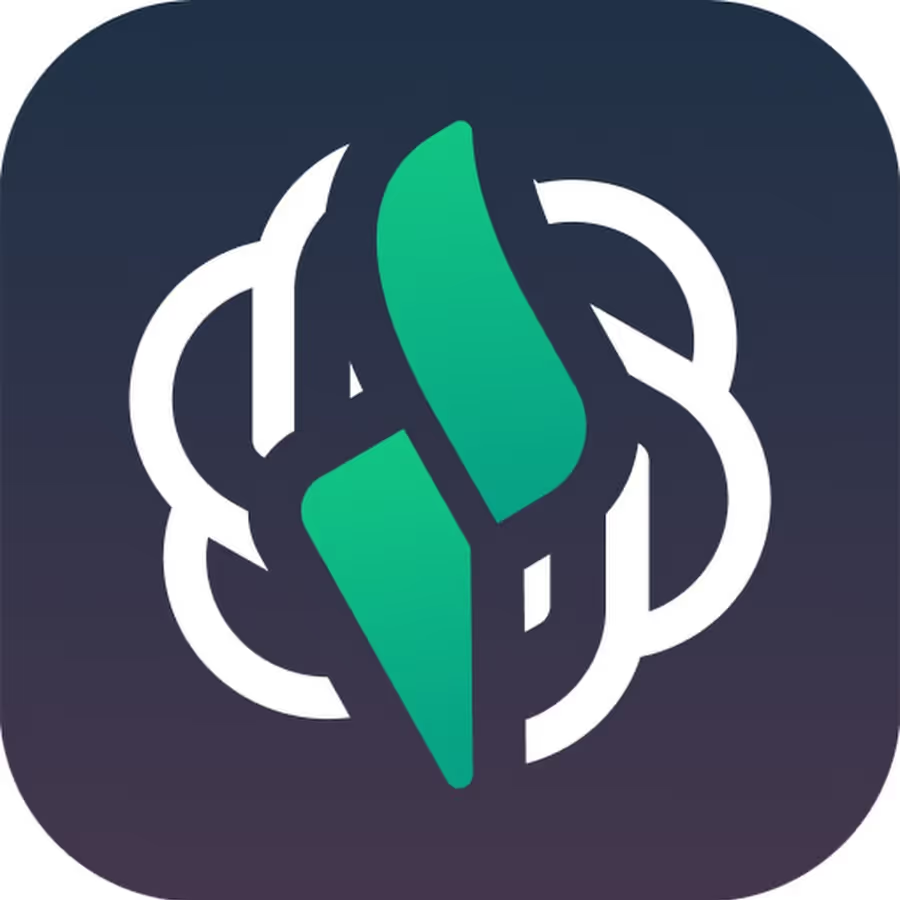Workflow automation tools connect different software applications so they can pass information back and forth without someone manually copying data between them. A marketing team might set up a process where new leads from their website automatically get added to their CRM, enriched with company data, and assigned to the right salesperson based on location or deal size. The whole sequence happens in minutes instead of requiring someone to log into multiple systems and update records by hand.
These platforms work by connecting to the APIs of different applications, creating chains of triggers and actions. When something happens in one app (like a new form submission), it kicks off a series of tasks in other apps (updating databases, sending emails, creating tickets). Modern workflow management systems can handle complex logic too, with conditional branches that route data differently based on specific criteria. Users build these processes on visual interfaces where they drag and drop different steps, map data fields between applications, and set up error handling for when things don't go as planned.
Business process automation differs from other similar tools in important ways. Unlike robotic process automation that essentially watches your screen and clicks buttons like a person would, these tools connect directly to applications through their APIs. This makes them faster and more reliable since they don't break when software interfaces change. Process automation software also goes beyond simple integration tools by including features like data transformation, conditional logic, and the ability to pause workflows for human approval when needed.
Companies use the best workflow automation software for tasks like lead routing, employee onboarding, invoice processing, and customer support ticket management. Sales teams automatically score and distribute leads, while HR departments create user accounts across multiple systems when new hires start. Finance teams process expense reports and vendor payments with minimal manual review. These tools handle the repetitive work that usually creates bottlenecks, letting people focus on tasks that actually require human judgment and creativity.
